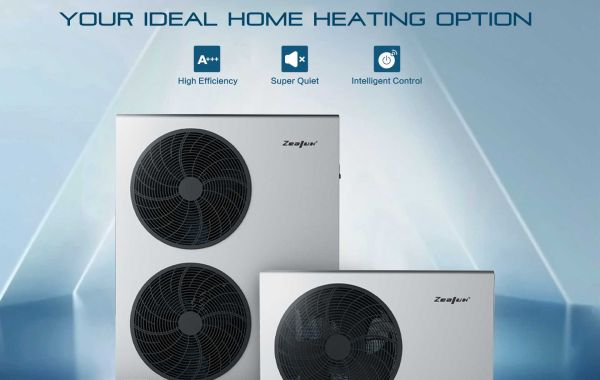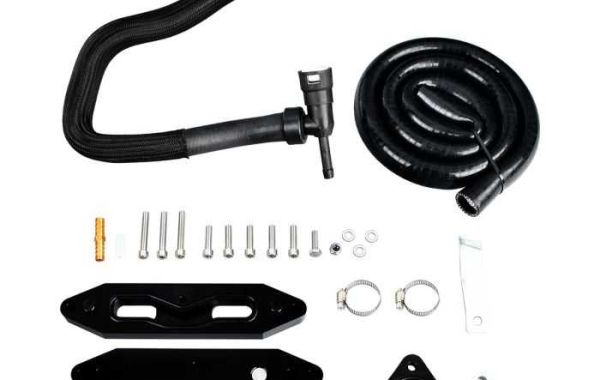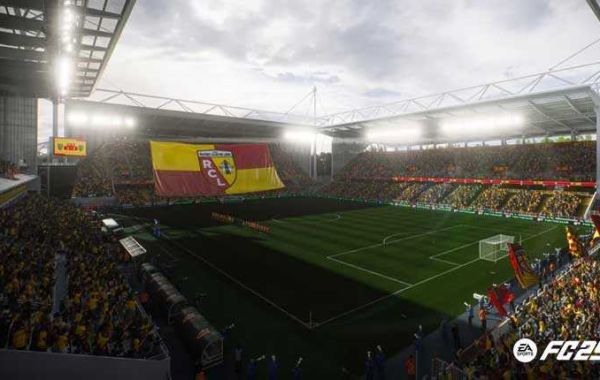Install Air Source Heater Guide:Everything You Need to Know

Before starting the heat pump installation.We Need To Know
What Are The Parts of Air To Water Heat Pump?
16 Parts(Included 4 Major Parts)of Air to water Heat Pump and Functions (Clear Guide):
Compressor
Condenser
Expansion Valve
Evaporator
Refrigerant
Accumulator
Compressor Contactor
Crankcase heater
ECM
Reversing valve
Thermostatic Expansion Valve (TXV)
Thermostats
Defrost system
Fan
Motors
Refrigeration Coils
Tips:The heat pump major components 4 parts: compressor,condenser,expansion valve,and evaporator
[caption id="attachment_21923" align="alignnone" width="400"]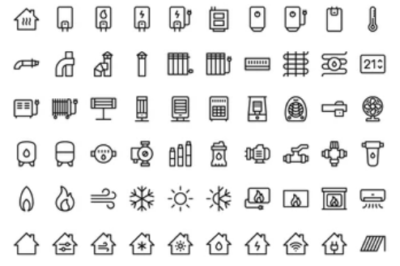 (heat pump installation)[/caption]
(heat pump installation)[/caption]
How it Work?
Typically, an exterior air-source heat pump is installed towards the rear or side of a building. A fluid absorbs heat from the air at a low temperature. This fluid is heated as it travels via a compressor, where it is then sent to the home's heating and hot water systems.
Does Air Source Heat Pumps Work in Winter?
Contrary to popular belief, air to water heat pump perform admirably during the winter, especially in severely cold regions. Almost everywhere on earth today, heat pumps are the best heating option.
Does You Need a Water Tank with an Air Source Heat Pump?
Air source heat pump often doesn't require a water tank when it's being utilized for heating or cooling work. However, a water tank will be necessary if an air-to-water heat pump is also used to provide hot water for the home because a heat pump is unable to provide enough hot water on demand.
The Process of Heat Pump Installation
As with your any home changes or additions, air to water heat pump installation just a few steps which are as follows.
- A thorough evaluation of your home will be the first step in the inspection heat pump installation. This will guarantee that the ASHP that is suggested is the most suitable one for your requirements. A mutually agreeable appointment time will be set up so that an engineer may come and do a thorough evaluation. This will enable the engineer to compile a written report of suggestions and perhaps provide you with a rough estimate of any potential savings. The engineer also evaluates your heating requirements, the size of the house,the amount of heat pump installation,the heat pump manufacturer choose,your preferred method of heat distribution (underfloor heating, radiators, etc.), and other factors. The installers might be assisted by using detailed drawings of the rooms in your home.
- Heat Pump Installation
Installing indoor units
Creating access points inside of the home
Connecting outside pipe to the indoor unit
Installing outdoor unit
Connecting wiring electricity
At Last
The installation of ductless heat pump systems is quicker and simpler than that of ducted systems. On average, each indoor unit requires one day for the actual installation procedure. Heat pump Installation times will be greater for systems that involve ducting or many units. Most setups will proceed through the six phases listed below. 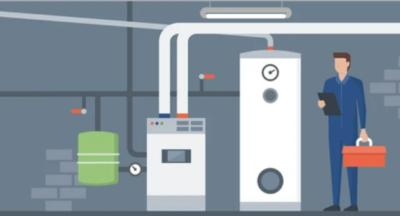
Step 1: Installing indoor units
Most will start by setting up the indoor unit for your air source heat pumps.
If you’ve chosen to install a ductless system, the contractor will locate an unobstructed place on the wall inside the zone to place the installer unit. The installer will install a mounting plate to hold up the indoor unit, and then secure the indoor unit to it.
If you’ve chosen a ducted system, your installer will also need access to your ductwork so that they can connect the indoor unit to the ductwork (whether in the attic, basement, or elsewhere). If you have existing ductwork that the contractors will use, they may also take this time to do any necessary repairs to maximize the efficiency of your new heat pump system. If you don’t have existing ductwork in your home, installing ductwork to circulate the air will be one of the first steps they take.
Step 2: Creating an access point in a wall for connection
There needs to be an access point between the indoor unit or air handler and the outdoor condenser. To create this, your installer will drill a hole in the wall to run piping and lines.
This will provide an outlet for the refrigerant lines, electrical lines, as well as a condensate drain line that will transport water from the indoor unit to the outside. The installer will use a hole saw on the exterior of your home, as well as the room where the indoor unit is installed for a mini-split system. In a ducted system, the access point is where the indoor air handler is going to be located in your home (most often in an attic or basement).
Step 3: Connecting the pipes to the indoor unit
Next, the refrigerant line and the condensate line are connected to the indoor units. The refrigerant lines allow refrigerants to cycle through the indoor and outdoor condensers. Depending on whether your air source heat pumps are heating or cooling at the time, the lines will transport warm or cool liquid to the indoor units, which is then forced as air in the zone.
Step 4: Installing the outdoor unit
Once the indoor unit is ready, your contractor will install the outdoor unit. For larger (packaged or central systems), installers will typically put a concrete slab on the ground to hold the outdoor condenser. If this is a mini-split system or an air source heat pump with a smaller system, it will often be mounted to the side of your home. This will typically be lifted above the ground, especially in colder areas where the installer will ideally mount the system above possible snowlines.
Step 5: Connecting wiring and electricity
After the indoor and outdoor units are installed, your installer will connect them through the refrigerant line and electrical wires. Installers will either insulate these lines and run the lines through conduits on the side of your home to protect the wiring from the elements. A drain line will also be installed on the outside of the home to bring condensation from the unit away from the inside of your home.
Step 6: Finishing touches
There are a few finishing touches that need to be completed to finish installing the system. One is to affix the pipes to the sides of your home so they’re secure. Another is to install sensors, many air source heat pumps will come with sensor technology to communicate the temperature in different zones to your thermostat. Many air source heat pumps also come with wireless remotes to adjust the temperature, and allow monitoring and changes to be done with an internet connection on your computer, tablet, or phone
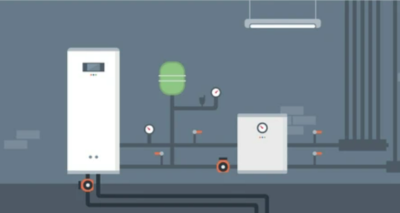
The Maintenance
If properly maintained, air source heat pumps may last more than 20 years and should only need minor upkeep during that period. To make sure the device functions as intended, you can do the following maintenance:
- Clean and or swap out filters
Clean coils and fans (if necessary)
Ensure proper airflow is not impeded by debris (leaves, dust, etc.)
Clean the supply and return registers inside the property
Power off the unit and check / clean fan blades.
Before the winter (or summer if used for cooling) it is recommended to have the unit serviced by a professional who will conduct a more advanced audit of the components and identify issues that could degrade the heat pump’s performance, which a user would not spot or be able to diagnose. These checks will comprise of the following: - Check ducts for leakage and repair if necessary
Inspect filters, ducts, blower, and indoor coil for dirt and other obstructions
Measure airflow is correct
Check refrigerant levels and pressure
Check all electrical contacts and ensure they are protected from the elements
Check for system leaks
Check reverse heating/cooling controls and verify they are operating as required
Lubricate moving belts, motors and check for damage/wear and tear
Check and test the thermostat under normal operating conditions.
For the most part and unlike other renewable energy technologies, such as solar PV and wind turbines which use costly inverters, heat pumps do not generally require the replacement of expensive parts during their lifetime.
Can I Install Air Source Heat Pump Myself?
One can install heat pumps themselves after making a purchase. It will save money in the installation procedure if the unit is already placed in its location when the qualified technician comes to install it. This component is not technical and does not require a permit. The external and interior units make up the two primary components of the heat pump. The indoor unit may be mounted on a wall bracket or a wall stand while the outdoor unit is placed up outside to demonstrate how installation costs might be reduced.
However, if you lack the necessary training, this is the only thing you can accomplish on your own. The heat pump must be installed and the components connected by an experienced gas installation. If you need an air-to-water heat pump installed, a qualified technician is also required to connect the outdoor and indoor units of the heat pump.
The primary heat pump component assembly is one of the activities that you may complete without the help of a specialist. After installing the heat pump, a certified installer will connect the components. Additionally, one must connect electricity because there are certain rules and regulations that must be followed in this regard. In order to do this, you must have a licensed electrician.
Air to water heat pump manufacturer Pool heaters: 100% Enjoy All-Seasons of Swimming
